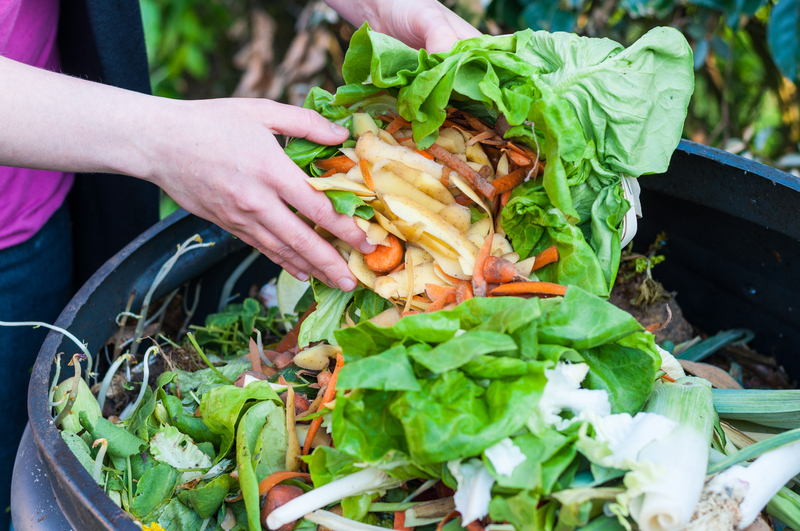Microplastic Pollution: Can We Reverse the Trend?
In recent years, the issue of microplastic pollution has garnered significant attention globally. These tiny plastic particles, often less than 5 millimeters in size, are ubiquitous across various ecosystems, from oceans to mountaintops. Understanding and addressing this environmental challenge is crucial as we strive to maintain ecological balance and human health. But the pressing question remains: Can we reverse the trend of increasing microplastic pollution?
Understanding Microplastic Pollution
Microplastics originate from a variety of sources. They are broadly categorized into primary and secondary microplastics. Primary microplastics are manufactured small, such as microbeads found in cosmetics, while secondary microplastics emerge from the degradation of larger plastic debris, such as water bottles and packaging materials. This degradation can be caused by environmental factors like UV radiation or physical abrasion.
Sources and Spread
- Oceans and Waterways: It's estimated that millions of tons of plastic waste enter the oceans annually, predominantly through rivers and coastal activities.
- Atmospheric Deposition: Microplastics can be transported by wind, leading to their presence even in remote regions such as the Arctic and the summit of Mount Everest.
- Wastewater Treatment Plants: While these plants are effective at removing a significant portion of microplastics, some still manage to escape into water bodies.
- Consumer Products: Household items such as synthetic clothing and personal care products contribute significantly to microplastic pollution.

The Impact of Microplastic Pollution
Microplastic pollution poses a myriad of risks, impacting environmental health, wildlife, and human well-being.
Environmental and Wildlife Impact
Microplastics have been found to adversely affect marine life, from plankton to whales. These particles can cause internal injuries, leach toxic chemicals, and interfere with reproductive systems. Marine ecosystems suffer greatly as microplastics disrupt the food chain, consequently affecting biodiversity and ecological productivity.
Human Health Concerns
Though research is still ongoing, preliminary studies suggest that microplastics may carry potential health risks to humans. They've been detected in food, water, and even air, posing ingestion and inhalation threats. Concerns revolve around their potential to release harmful chemicals and disrupt endocrine functions.
Strategies to Mitigate Microplastic Pollution
Technological Innovations
Technological solutions are emerging as powerful tools in combating microplastic pollution:
- Advanced Filtration Systems: Upgrading wastewater treatment plants with high-efficiency filtration systems can significantly reduce microplastic release into water bodies.
- Biodegradable Alternatives: Developing and adopting biodegradable materials for consumer products can curb the introduction of new microplastics into the environment.
- Plastic Detection and Cleanup Technology: Innovations such as autonomous drones and AI-driven sensors are facilitating the detection and removal of plastic debris from waterways.
Policy and Regulation
Globally, countries are recognizing the necessity of stringent regulations to control microplastic pollution. Policies focus on reducing single-use plastics, investing in research, and enforcing recycling and proper waste management practices. Collaborative international agreements, such as the Global Plastic Pact, are crucial in standardizing efforts and sharing effective strategies.

The Role of Individual Actions
While global initiatives are vital, individual actions also play a crucial role in mitigating microplastic pollution. Here are some steps consumers can take to contribute to the solution:
- Reduce Plastic Use: Opt for reusable products over single-use plastics.
- Support Sustainable Brands: Choose brands that prioritize eco-friendly materials and sustainable practices.
- Educate and Advocate: Raise awareness about microplastic pollution and advocate for stronger environmental policies.
Can We Reverse the Trend?
Reversing the trend of microplastic pollution is undoubtedly a complex challenge, requiring coordinated efforts across various sectors. However, ongoing research, technological advancements, and increased awareness offer a glimmer of hope. By implementing integrated strategies encompassing policy, innovation, and individual responsibility, we can significantly reduce microplastic pollution and move towards a sustainable future.
In conclusion, while microplastic pollution presents daunting obstacles, it also inspires innovation and collaboration. Acknowledging the far-reaching implications of microplastic pollution is the first step towards taking meaningful action. With concerted efforts, reversing the trend is within reach, paving the way for healthier ecosystems and communities.